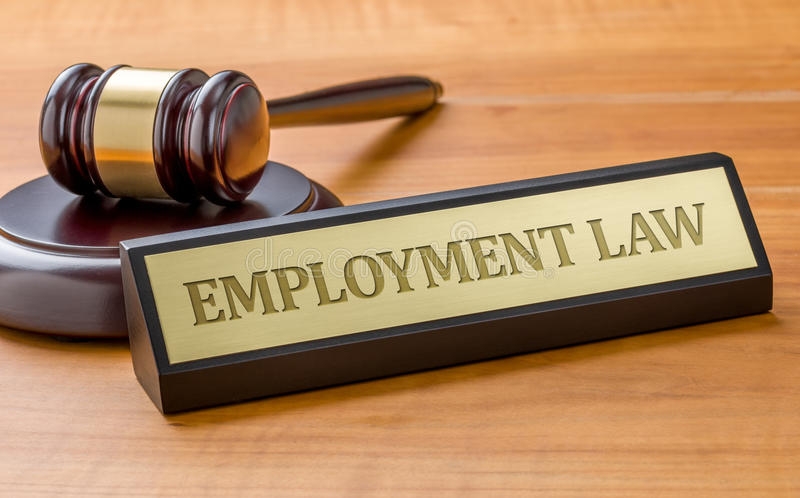As a business, using self-employed contractors can be a convenient and cost-effective solution to meet fluctuating staffing demands. But it’s also an area that is increasingly under scrutiny. Some self-employed workers have taken their cases to Tribunal to demand an increase in rights. So, as an employer, what can you do to make sure you don’t get caught out? Read our guide with 6 quick tips to protect your business.
The Potential for Problems
In a recent case, the European Court of Justice ruled that a window salesmen who was previously considered self-employed was, in fact, a ‘worker’. As a result, he was entitled to holiday and sick pay, spanning back thirteen years . But it’s not just backdated holiday and sick pay that your business could be liable for if an individual you employ is ruled a ‘worker’ or ‘employee’ rather than a self-employed contractor. Your business could be liable for failing to pay the national minimum wage and you may be referred to HMRC. There’s also the risk of a claim being brought against you for unfair dismissal.
6 Tips to Protect your Business
1) Have accurate contracts
Contracts should accurately describe the true working position of any individuals carrying out work for you. If they don’t, get them changed as a priority. If you don’t have a contract at all, get one drawn up.
It’s worth remembering that just because you have a contract stating that someone is a self-employed contractor rather than a worker or an employee, that is not necessarily definitive. A Tribunal doesn’t have to accept the stated contractual position if it is not an accurate reflection of the situation.
2) Include substitution clauses
A contract with a self-employed contractor should include a clause about substitution. For example, if a contractor is sick and cannot work, the contract should allow for the contractor to supply a substitution. This should be very clearly stated and also needs to actually happen to help distinguish a contractor from your employees.
3) Consider use of equipment
Anyone that you use as a contractor should use their own equipment. This helps to maintain the clear distinction between a self-employed contractor and an employee.
4) Monitor your levels of input
Self-employed contractors should be able to carry out their work as independently as possible, with little input from your business. This independence helps to reinforce the status of a self-employed contractor.
5) Take into account any hours of work
Self-employed contractors should only work the hours needed to fulfil the contract. They should not just keep the same hours as your employed staff members.
6) Don’t ask self-employed contractors to wear uniform
To underpin the independent status of your self-employed contractors, they shouldn’t wear your staff uniform or drive your branded company van. For more sound advice on contracts and all aspects of Employment Law, please contact our dedicated Wirehouse team





